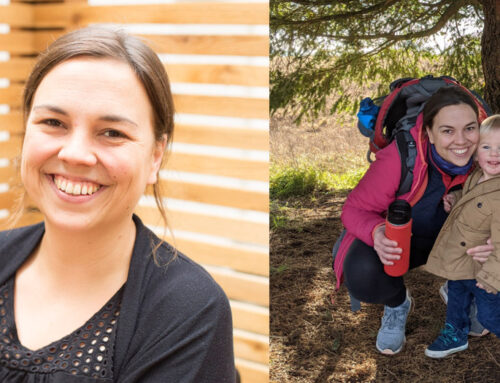You’ve probably heard the benefits of an environmentally friendly home—how it can reduce your carbon footprint, protect the environment, and save you money in the long term. The question many people ask is how to make it happen. With so many factors at play, where do you focus your energy? How can you make sure your home renovation brings you closer to sustainability? Here are seven tips to help you get the most out of a green home remodel.
1. Think Small – Large additions mean adding and removing large amounts of material, which is both expensive and bad for the environment. It may also be unnecessary: most people spend 90% of their time in only a few rooms of their house. Focus on making the space you already have more efficient and flexible.
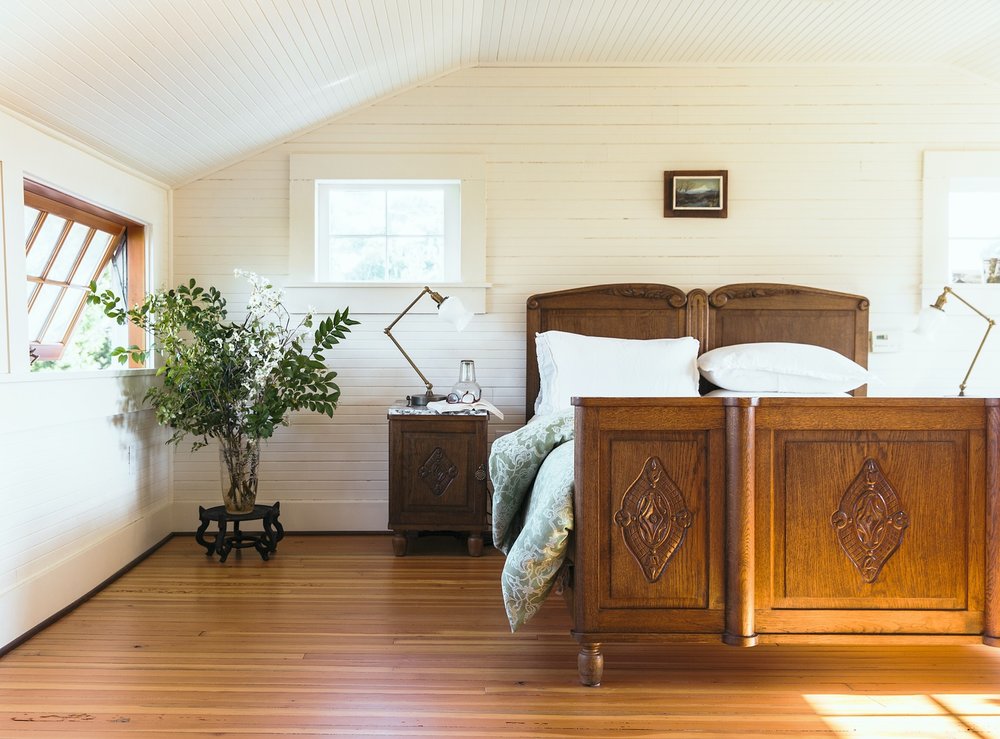
2. Work with the Elements – Hire an architect to examine the microclimate of your property. How does water drain and collect? Where is the sun strongest? Are there trees? Is it windy? Use this information in your building strategy. There are also some classic and sensical measures: A west-facing porch can protect against the summer heat, screened openings capture breeze and improve airflow, higher-set windows bring in more light, and a layered vestibule limits cold air entering the main house during winter. Work with the natural factors around you and save on gas and electricity.
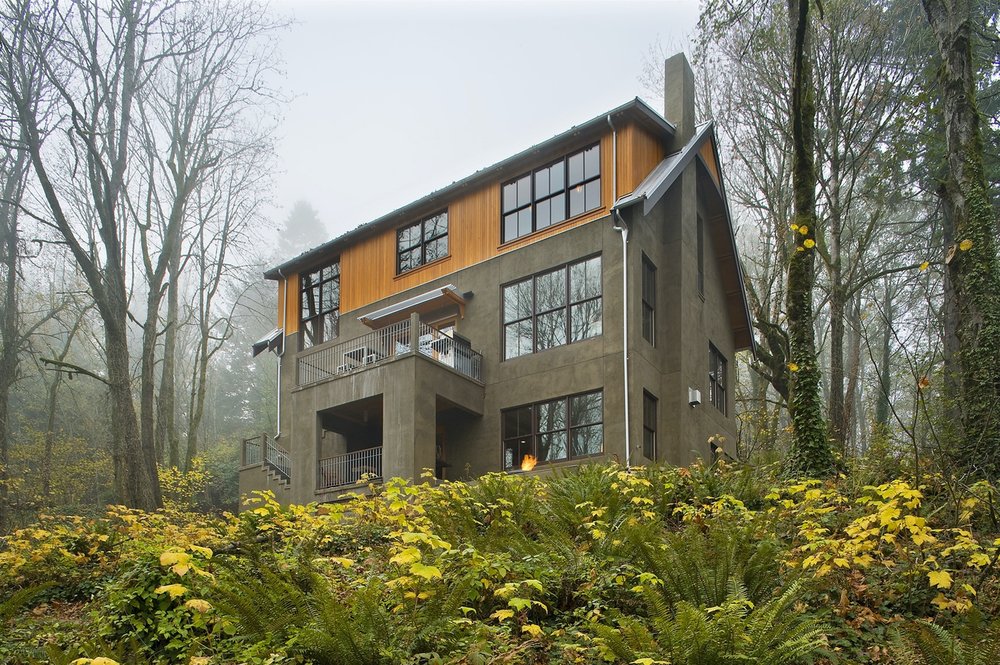
3. Choose Quality – It’s tempting to go for the cheaper cabinets from the big box store, but it could be hurting you and the environment in the long run. Instead, try to buy things that cost more up front, but last longer. This reduces the amount of disposable items being built and thrown away, and also reduces your carbon footprint. For example, if you order cabinets from a custom builder in your area, they won’t need to travel far. Cheaper cabinets from bigger manufacturers are often shipped from overseas, don’t fit as well, and have to be replaced sooner. It’s a better investment in the long run to buy quality.
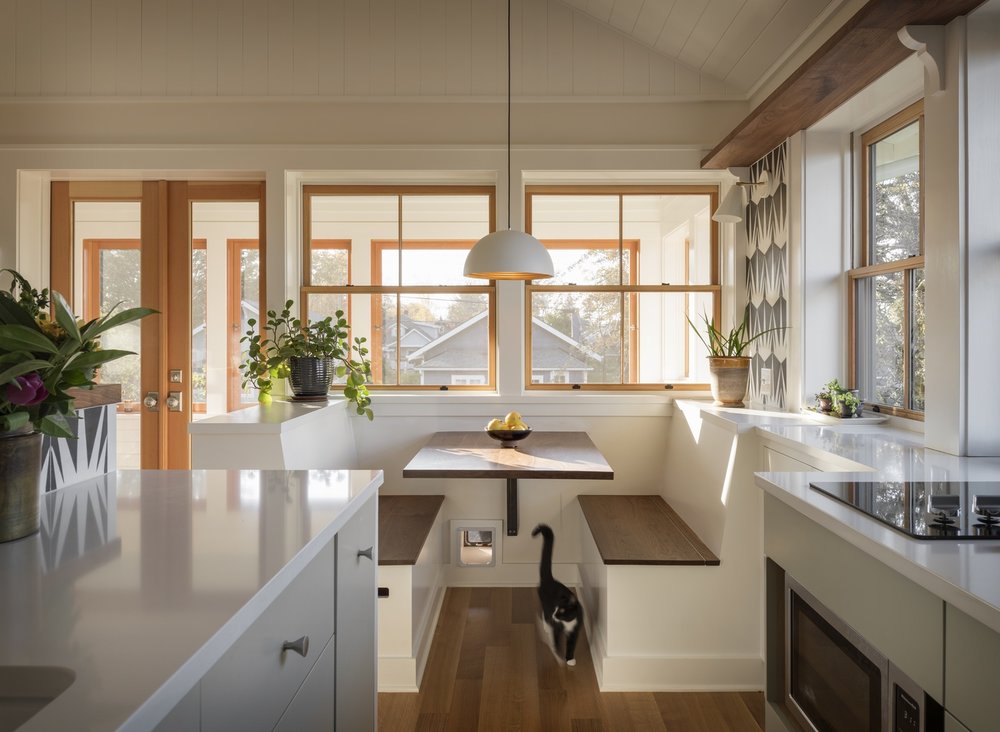
4. Hire Local – This follows from above. Local people building things from local materials is almost always greener, and it feels good to support craftspeople who are working hard at what they do in your own community. A sustainable local economy is one of the building blocks of a greener world.
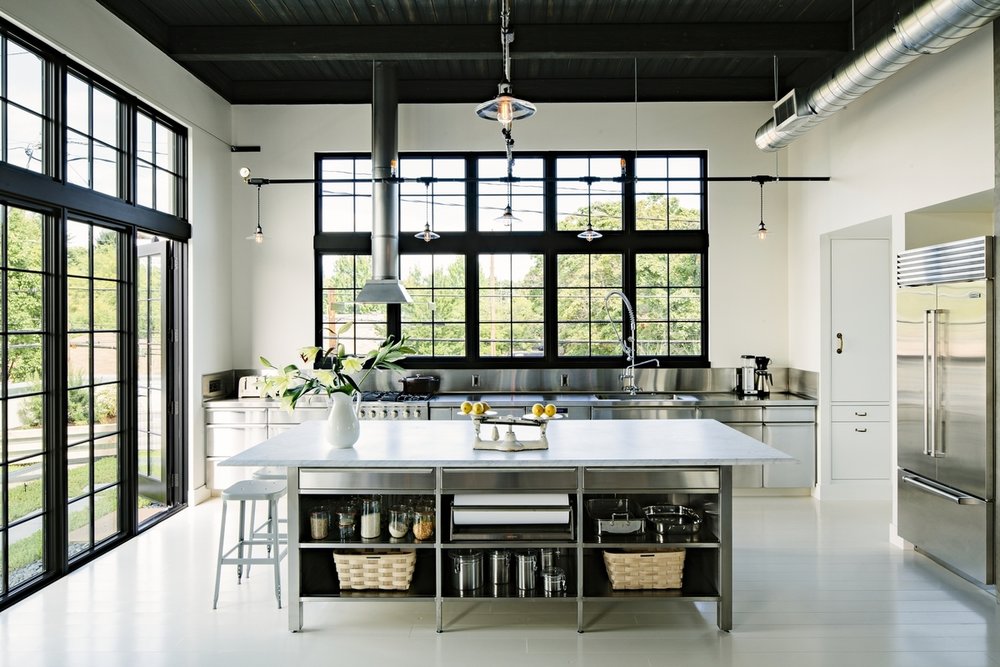
5. Be Smart About Water – Think both about how you use water, and how it functions on your property. Invest in cisterns and rain water harvesting systems. Include a bioswale in your landscaping to help clean and redirect runoff. Indoors, use low or dual flush toilets, and consider a hot water recirculation loop that heats up water quicker to reduce how much energy you spend heating your water.
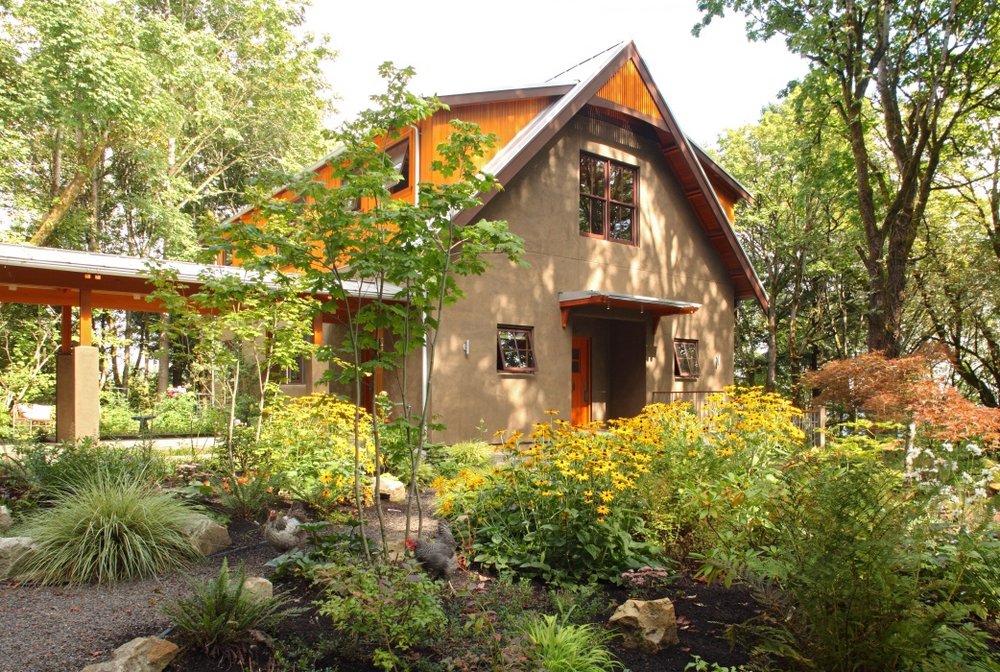
6. Harness the Sun’s Energy – Even in a cloudier climate, solar panels make sense. They can be placed easily on a roof or in an open part of your yard. Solar rebates, tax credits, and incentives can help offset the cost of installation, and in the long run you will save bundles on energy.
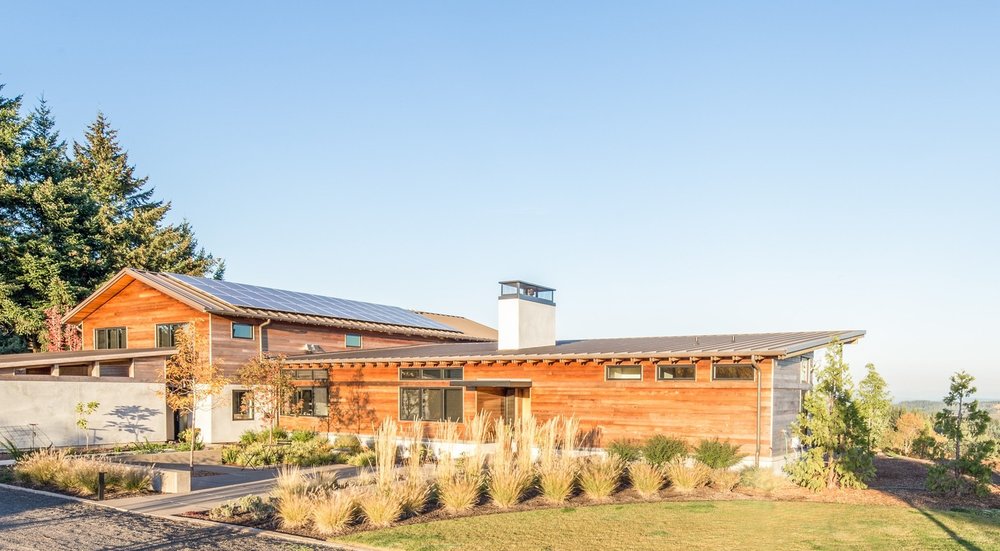
7. Pick Sustainable Materials – This is a popular starting point when pursuing a green renovation, and it’s a good one. Investing in locally sourced, non-toxic, non-allergenic materials is easier than you might think, and is possible at every price point. Research what products are out there and consult with your architect. The more you know, the greener you can be.
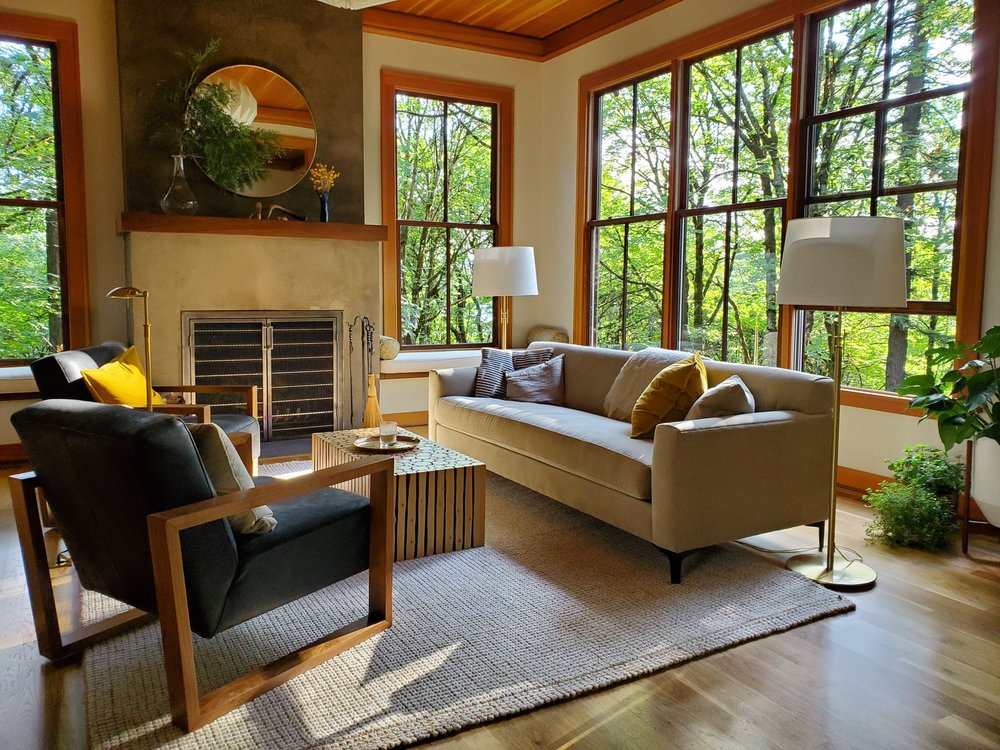
All in all, decisions that reduce your carbon footprint, waste less material, and make your home more efficient will always pay off in the long run. Building green is easier than it looks. Follow these steps, and you’ll be on your way to a home with a lasting, positive environmental impact.
Emerick Architects’ Northwood project is certified LEED Gold, and the first residence in Portland to receive this status. Read more about Northwood here.




